Let’s not pretend we’re making smoothies because we dream about kale. We’re making this anti-inflammatory lemon-blueberry smoothie because, let’s face it, our bodies are quietly begging for something gentle, something healing. Maybe your joints are stiff. Maybe your brain feels foggy. Or maybe, deep down, you’re just craving a ritual that feels as good as it tastes.
This smoothie? It’s not a miracle. It won’t reverse years of takeout or fix everything in one sip. But it might make your body exhale—just a little.
There’s lemon in here to cut through the mental fog. Blueberries to quietly go to war on cellular chaos. Hemp seeds for fat and function. And a handful of kale—not for trend points, but because your cells actually care.
We’ll walk through how to make it. Why each ingredient earns its place—not just on a nutrition label, but in real life, when you’re standing at your blender at 7:16 a.m., trying to do one good thing for yourself. We’ll tweak it, personalize it, and make it yours.
Because maybe, just maybe, what you need right now isn’t a cleanse or a reset or a program. Maybe it’s just…a sip of calm.
Ingredients for This Anti-Inflammatory Lemon-Blueberry Smoothie
There’s a reason these ingredients made the cut—and it’s not just because they look good in a blender. Each one pulls its weight, not in some vague “superfood” way, but in the way your body actually notices. Less swelling, more clarity, and, yeah, better mornings.
Anti-Inflammatory Ingredients Breakdown: What’s Going In and Why
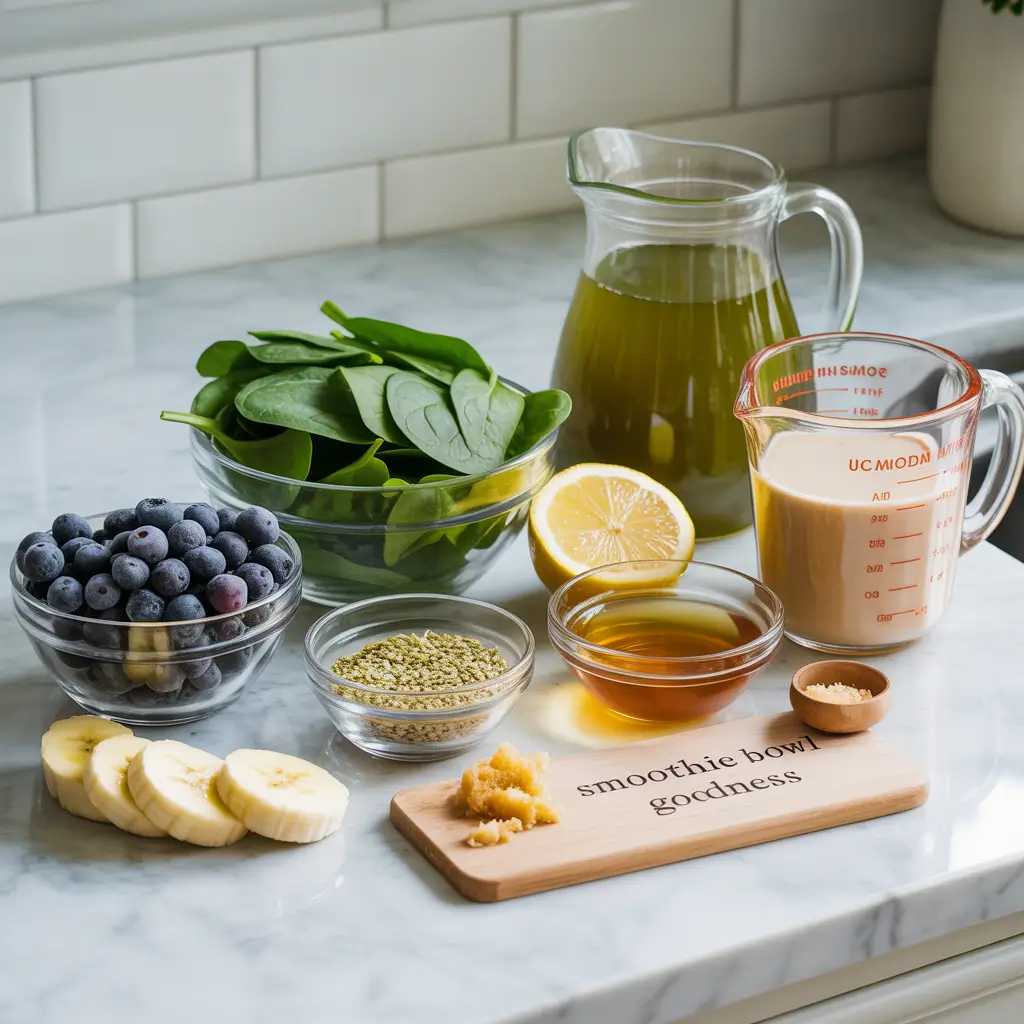
- 1 cup chilled green tea
Let’s start with this: it’s not just green water. Green tea is sneakily potent—especially when it’s cold-steeped. The EGCG in it? Total inflammation assassin. Plus, it gently wakes you up without wrecking your nerves. - ½ cup frozen blueberries
They’re small, but they punch above their weight. Blueberries help with brain fog and inflammation—like tiny bodyguards made of antioxidants. - 1 frozen banana
Sweetness without the spike. And if your gut’s been moody lately, the banana’s fiber gives it something to work with. - ½ cup kale (no stems, thanks)
You know kale’s healthy—but this isn’t a checkbox. It’s here for real reasons: vitamin K, fiber, and compounds that help chill out chronic inflammation. - 1 tablespoon hemp seeds
Smoothies without fat are like movies without endings. These bring omega-3s, texture, and fullness so you don’t crash mid-morning. - 1 tablespoon fresh lemon juice
Think of it as flavor lightning. But it also kicks your liver into gear. Subtle, but effective. - ½ teaspoon lemon zest
The zest is where the secrets are. All those citrus oils? Quietly anti-inflammatory. Totally underrated. - Optional: ½ teaspoon honey or maple syrup
Honestly, I skip it—but if your banana’s underwhelming, this fixes it fast. - Optional: A few ice cubes
Especially if your fruit isn’t frozen. It’s about texture, not temperature.
Tiny Trick:
Using frozen fruit instead of fresh keeps things thick, cold, and less… watery. Also means less need for ice.
If you’re exploring anti-inflammatory foods beyond smoothies, our lemon balm recipe for weight loss offers a soothing herbal infusion that pairs beautifully with this blend. It’s another gentle, natural way to support your system from the inside out.
Not into kale?
Spinach steps in without drama. It’s mellow, it blends smoother, and still brings antioxidant firepower. You’ll barely know it’s there.
How to Make the Anti-Inflammatory Lemon-Blueberry Smoothie
Here’s the good news: you don’t need a culinary degree or three different blenders. You just need five minutes, a semi-functioning brain (morning mode is fine), and the right order of operations. Trust me—how you load that blender actually makes a difference.
The Real-Life Steps
- Start with the tea.
Brew it, chill it, forget it in the fridge. It happens. When you remember it? Perfect. Cold green tea is smoother and blends better—plus, it won’t steam your smoothie into soup. - Stack it smart.
Go in this order: green tea, lemon juice + zest, banana, kale, blueberries, hemp seeds. Liquids at the bottom help your blender do its thing without sounding like it’s dying. - Blend—but feel it out.
Begin slow, then let it rip. If it feels like it’s choking? Add a splash more liquid. If it turns into a juice puddle? Drop in a few frozen blueberries to thicken it back up. - Taste test, no shame.
Tang too strong? Add maple. Too green? A bit more banana. No one gets it perfect on the first spin. - Pour, garnish (or don’t), and sip.
Lemon zest curl? A few extra berries? If you’re feeling aesthetic, go for it. If not, just drink the thing and know you did your body a solid.
What if I’ve got a so-so blender?
No stress. Just blend longer and be patient. Or steam the kale for 10 seconds first—your blades will thank you. And spinach? Always a smoother plan B.
Anti-Inflammatory Benefits of Each Smoothie Ingredient
Let’s get honest. “Superfood” is a word we toss around, but what does it actually mean when it lands in your body? Here’s the real-world impact of these smoothie MVPs—without the fluff.

Lemon
It’s more than tart—it’s a signal to your gut and liver that it’s go time. High in vitamin C and naturally alkaline-forming once metabolized. Translation: your body gets it.
Blueberries
They don’t just taste like summer—they actively reduce oxidative stress, especially when life (or last night’s takeout) leaves your system inflamed. Their anthocyanins? Basically tiny wellness ninjas.
Kale
Yes, it’s tough. But it brings major antioxidants and vitamins, especially K (which most of us barely get enough of). It doesn’t need to be your favorite—just in the mix.
Green Tea
Think caffeine, but smooth. Its EGCG content is what gives it a green light in every anti-inflammatory list. Gentle, steady energy plus real internal benefits.
Hemp Seeds
These are like smoothie insurance—healthy fat, steady protein, and mood-stabilizing minerals in one scoop. Your nervous system nods in approval.
Quick Reality Check:
One smoothie isn’t changing your life overnight. But make this kind of choice regularly? That’s when the quiet, long-game changes show up—in your joints, your mood, your mornings.
Does it help your gut?
Absolutely. The banana’s prebiotic fiber feeds good bacteria. Kale brings roughage. Want to go next level? Add chia seeds or a probiotic capsule and make it a full gut party.
Smoothie Variations and Substitutions for Anti-Inflammatory Benefits
You’re not locked into one version of this anti-inflammatory lemon-blueberry smoothie. In fact, the best smoothies are often the ones born from “what do I have on hand?” Here’s how to tweak, swap, and still stay on track.
Greens Swap
- Instead of kale: Use baby spinach for a gentler flavor or arugula for a peppery kick. Even romaine works if you want crunch without bitterness.
- Need a hidden-veggie approach? Try steamed then frozen cauliflower—seriously. It adds creaminess without taste.
Fruit Flex
- Out of banana? Avocado works surprisingly well for texture, with the bonus of healthy fats.
- Want more tartness? Add a handful of frozen raspberries.
Liquid Choices
- No green tea? Use coconut water (extra hydration), oat milk (creamier), or plain water if you want to keep it minimal.
Sweetener Options
- Prefer sugar-free? Use a pitted date or skip it entirely. Frozen banana often adds enough natural sweetness.
- Want a bit more indulgence? A splash of vanilla extract or cinnamon can round out flavors beautifully.
Bonus Boosters
- Protein: Unflavored protein powder or Greek yogurt (if not vegan) And if you’re the kind of person who likes a chew with your smoothie, these blueberry protein muffins make the perfect sidekick. Baked with nutrient-dense ingredients, they complement the smoothie’s macros and give your breakfast a satisfying boost.
- Anti-inflammatory extras: Turmeric, ginger, cinnamon, ground flaxseed
- Texture enhancers: Chia seeds, almond butter, oats
Substitution Rule of Thumb:
Stick to the base ratios (1 cup liquid, ~1 cup frozen fruit, ~½ cup greens) and you can riff freely without losing the smoothie’s soul.
Want to switch things up completely? Try this refreshing natural Mounjaro recipe—a citrus-forward detox drink with subtle spice and zero blender required. Perfect for days when you want something light, quick, and cleansing.
Can I prep this in advance?
Yes—with caveats. Blended smoothies can separate after a few hours. If you want to prep, assemble all ingredients in a freezer-safe bag (minus the liquid) and just dump into your blender with tea when ready. Boom—smoothie in 60 seconds.
Anti-Inflammatory Smoothie FAQs: Real Questions, Real Answers
We all have smoothie doubts—some practical, some petty, some… just honest. So here’s the no-filter FAQ, based on what people actually wonder (even if they don’t say it out loud).
Yes, but the texture may separate slightly after a few hours. For best results, store it in an airtight jar and shake well before drinking. Alternatively, freeze smoothie cubes and re-blend as needed.
It can support weight loss as part of a balanced diet. It’s low in sugar, high in fiber and healthy fats, and keeps you feeling full longer—especially when sweeteners are minimized.
Yes! Swap green tea for coconut water, almond milk, or plain filtered water. Each option offers a different texture and flavor while still keeping the smoothie hydrating and nutritious.
3–4 times a week is a great rhythm. Consistency matters more than frequency—it’s about building patterns of nourishment, not chasing perfection.
Yes, with minor tweaks. Use sweeter fruit, skip the greens if needed, and maybe add vanilla or more banana. It’s a great way to get nutrition in a fun, purple package.
Anti-Inflammatory Lemon-Blueberry Smoothie Nutrition Facts
Here’s the approximate breakdown for one serving of this anti-inflammatory lemon-blueberry smoothie. While numbers are helpful, think of this more as a nutrient delivery system than a calorie tally. It’s fuel with purpose.
Estimated Nutrition Per Serving:
- Calories: 230
- Protein: 5g
- Carbohydrates: 30g
- Sugars (natural): 15g
- Fiber: 6g
- Fat: 8g
- Omega-3s: ~2g
- Vitamin C: 40% DV
- Vitamin A: 35% DV
- Iron: 10% DV
- Calcium: 8% DV
- Magnesium: 15% DV
- Potassium: ~400mg
How These Numbers Work for You:
- Low in sugar (especially if you skip the added sweetener)
- High in fiber to keep you fuller, longer
- Plant-based protein and healthy fats balance blood sugar
- Vitamins C + A support immune and skin health
- Magnesium + potassium aid muscle function and stress recovery
Note: These values are estimates based on typical ingredients and may vary depending on your brand choices and add-ins.
One Sip at a Time: Your Anti-Inflammatory Reset Starts Here
You came here looking for a smoothie—but what you’re holding is a ritual. Small, yes. Simple, sure. But meaningful. It’s the kind of choice that tells your body, “Hey, I’ve got your back.”
This anti-inflammatory lemon-blueberry smoothie isn’t a silver bullet. It’s not flashy or exotic. But it works. It tastes clean and sharp, feels good going down, and reminds you that wellness doesn’t have to be complicated or expensive—it can start with frozen fruit and a blender.
So maybe tomorrow morning, instead of hitting snooze, you hit blend.And if you do? Come back. Let us know how it made you feel. Print it, tweak it, share it with someone who needs it. Because honestly? We could all use a few more things in life that are good for us and taste like sunshine.
Looking for more wholesome starts to your day? Explore our full collection of healthy breakfast recipes—from oatmeal bakes to chia puddings—that keep your mornings stress-free and flavor-rich.
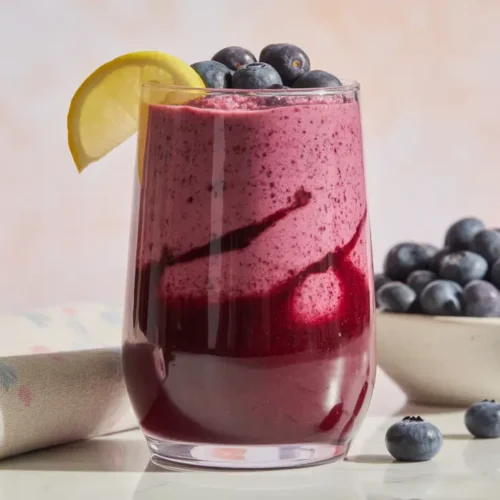
Anti-Inflammatory Lemon-Blueberry Smoothie Recipe
Equipment
- High-speed blender
- Microplane or fine grater (for lemon zest)
- Measuring spoons & cup
Ingredients
- 1 cup unsweetened green tea chilled
- ½ cup frozen blueberries
- 1 small frozen banana
- ½ cup chopped kale stems removed
- 1 tablespoon hemp seeds
- 1 tablespoon fresh lemon juice
- ½ teaspoon lemon zest
- Optional: ½ teaspoon honey or maple syrup
- Optional: Ice cubes for thickness
Instructions
- Brew the green tea and let it cool. (Do this ahead if possible.)
- Add all ingredients to a blender in the order listed.
- Blend until smooth. Adjust sweetness if needed.
- Pour into a glass and garnish with zest or berries.
Notes
Nutrition Label (per serve)
SERVING: 1 glass (approx. 350ml) | CALORIES: 230 kcal | CARBOHYDRATES: 30g | PROTEIN: 5g | FAT: 8g | SATURATED FAT: 0.7g | CHOLESTEROL: 0mg | SODIUM: 15mg | POTASSIUM: 420mg | FIBER: 6g | SUGAR: 14g (naturally occurring) | VITAMIN A: 2850 IU | VITAMIN C: 24mg | CALCIUM: 70mg | IRON: 1.4mg | MAGNESIUM: 60mg | OMEGA-3s: ~2g | EGCG (from green tea): trace | ANTIOXIDANT SCORE (ORAC): highRecipe Notes:
Tags: Vegan, Gluten-Free, Dairy-Free, Anti-Inflammatory, High-Fiber, Breakfast, Wellness Best For:- Morning inflammation relief
- Light and energizing breakfast
- Post-workout hydration and recovery
- Mid-afternoon pick-me-up
- Plant-Based
- Low Sugar (if unsweetened)
- High in Antioxidants
- Gut-Friendly
- Swap kale for spinach if you prefer a milder green.
- Add ½ scoop of unflavored protein powder for a post-gym boost.
- Frozen banana makes this ultra creamy—don’t skip it unless substituting with avocado.
- Use coconut water instead of green tea for a tropical twist.
- Add a pinch of turmeric for an extra anti-inflammatory edge.
- Use frozen banana for creaminess without added dairy.
- If your blender struggles with raw kale, lightly steam it first for a smoother blend.
Follow us on Pinterest, Facebook, and Instagram for more feel-good smoothie recipes, anti-inflammatory drink ideas, and wellness blends you can whip up anytime. Your next sip-worthy ritual is just one blend away—join our community and share your smoothie moments with us today!
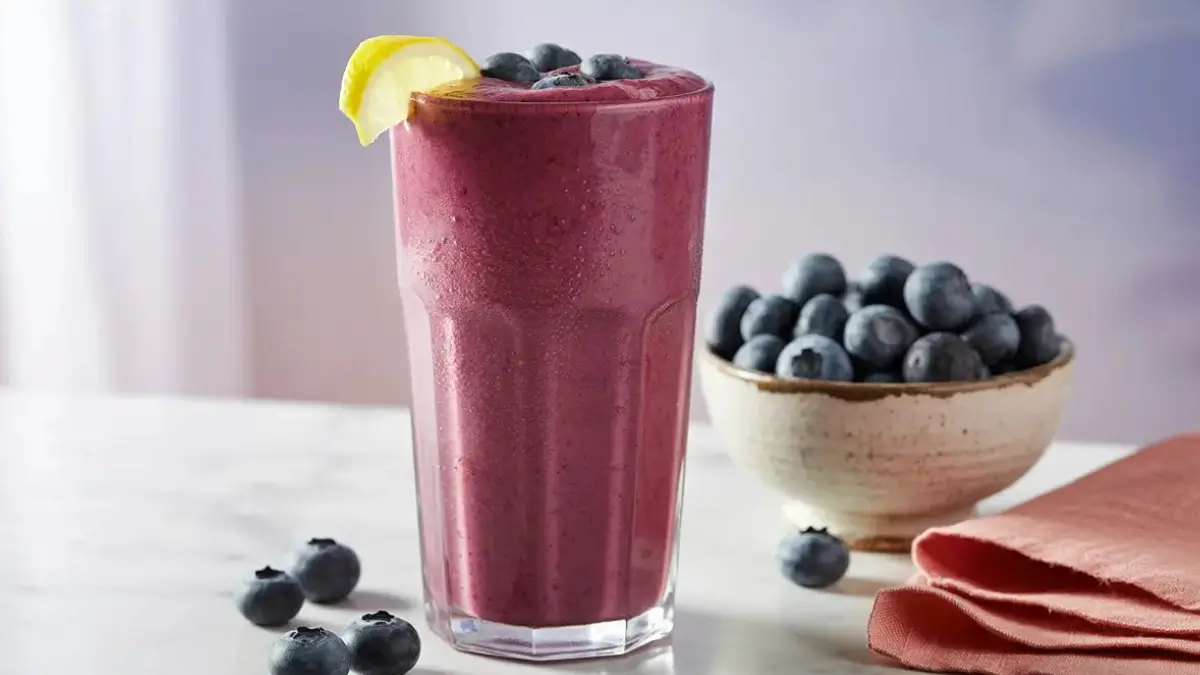
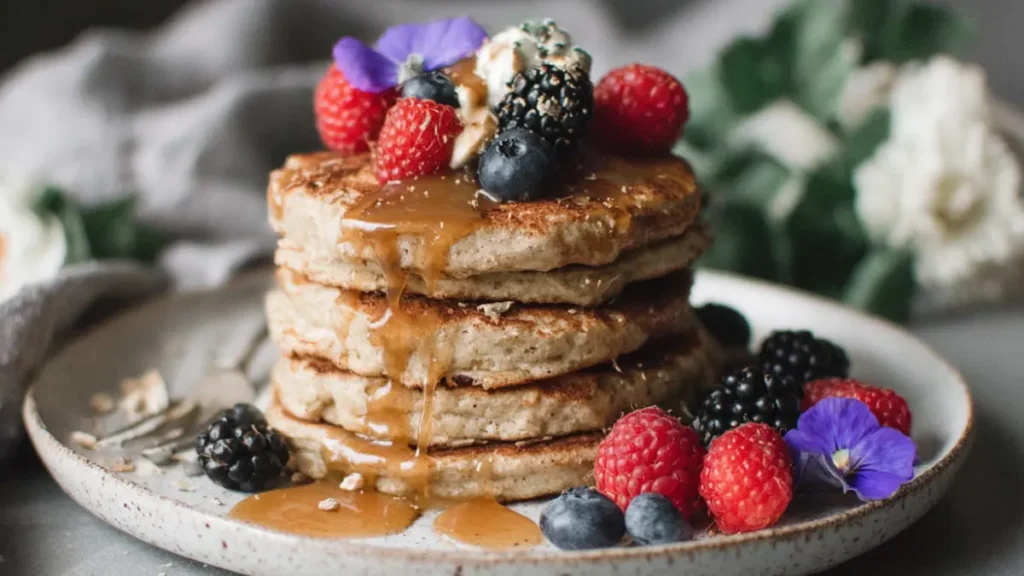
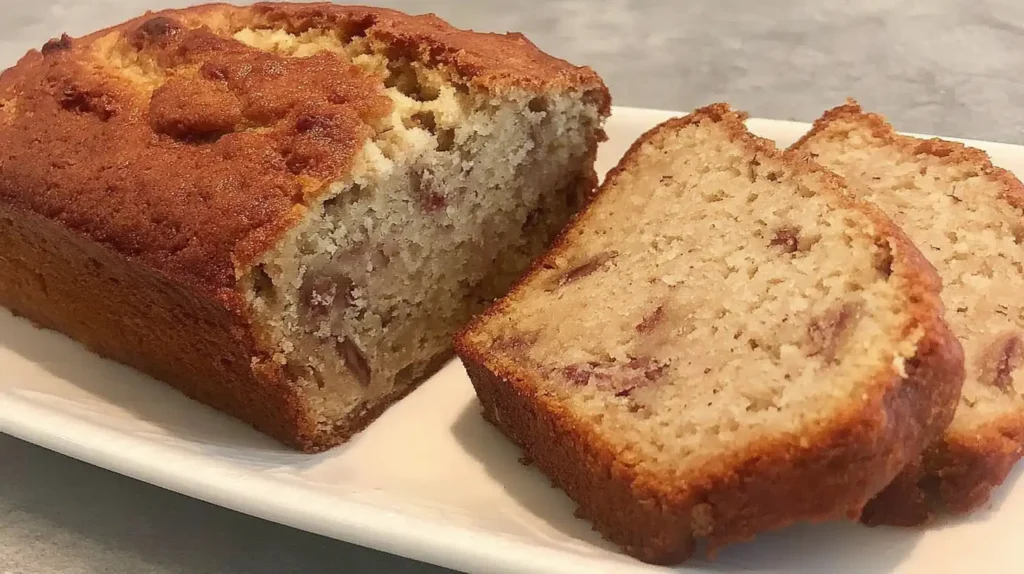
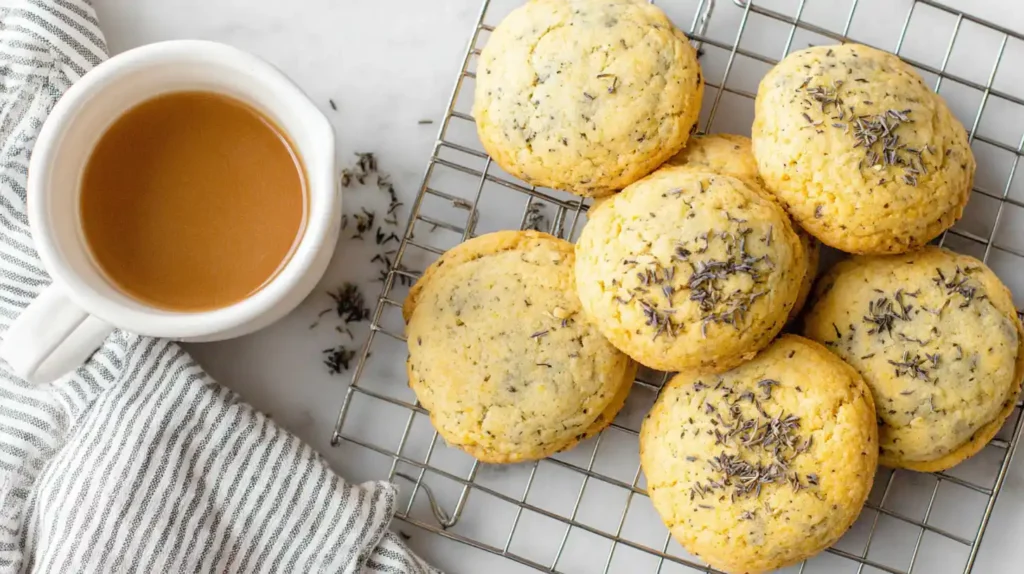

4 thoughts on “Anti-Inflammatory Lemon-Blueberry Smoothie Recipe”